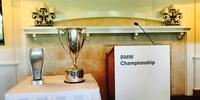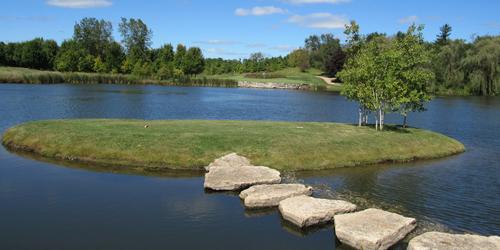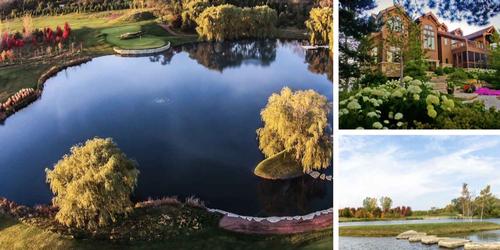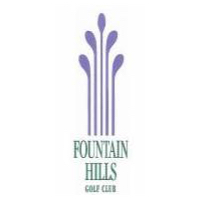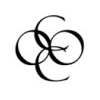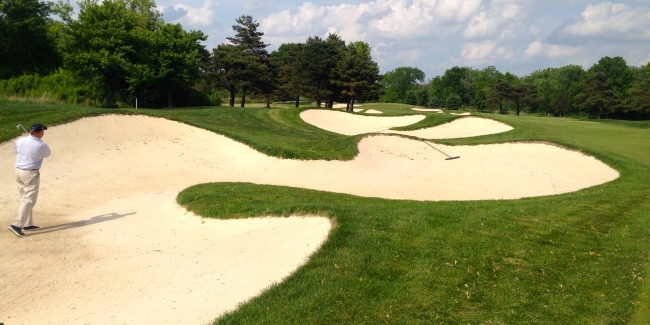
Kemper Lakes is ready to Restore the Roar
By Len Ziehm
A three-year project to renovate its bunkers is over, and Kemper Lakes is ready to "Restore the Roar.' The club, based in Chicago's northwest suburb of Kildeer, wants big tournaments again, and the new looks that Libertyville architect Rick Jacobson created with the bunkers should help.
"The renovations are now complete, and it's been a seamless transformation into a premier championship venue that we believe is once again ready for the best players in the world,' said John Hosteland, the club's general manager. "So, this summer we'll be welcoming golf media and the various governing bodies to visit Kemper Lakes. We call it our `Restore the Roar' initiative. In the event there's a need or desire to bring a national tournament to Kemper Lakes, we're ready.'
Augie Tonne, a club member who heads its championship committee, is also spearheading the `Restore the Roar' effort. Both he and Hosteland point to the available space around the course for parking and other event necessities as an added plus in its appeal for big tournaments.
It wasn't all that long ago that Kemper Lakes was the No. 1 big tournament site in the Chicago area. Opened in 1979 as a public facility, the course made the world spotlight in 1989 as the site of Payne Stewart's first major title at that year's PGA Championship.
Kemper hosted more big events than that one, however. It was the site of Chicago's annual Champions Tour stop for six years and hosted the Grand Slam of Golf four times. Two big women's events - the 92nd USGA Women's Amateur Championship and the 25th U.S. Women's Amateur Public Links Championship - were played there. And, in addition to all those big events, Kemper hosted the Illinois PGA Championship 24 straight years.
The big events disappeared after the LaSalle Bank Open made its debut on the Web.com Tour in 2002. Private investors purchased the Kemper facility the following year, and the Web.com stop was moved to The Glen Club in Glenview for the next six years. It is no longer held.
Kemper, meanwhile, was gradually transformed into a private club. It became fully private on Jan. 1, 2007, and the only non-member event on its annual schedule since then has been the Illinois PGA Match Play Championship.
Now the club and its 285 members hope that will change. The bunker project certainly gave the course a refreshing new look.
Most strikingly different is No. 14 - a short par-4 that once had a 100-yard bunker (the longest bunker in Chicago golf) stretching down the left side of the fairway on the dogleg left. Now that area has several bunkers and another has been added on the right side of the fairway.
The green-side bunkering at the par-5 seventh hole is also markedly different. Water lines the left side of the fairway and a retaining wall had blocked the bunker from both the water and the green. That wall is still there, but you don't see it. It's been covered over by turf that runs down into the water.
The sand bunkers on every hole, however, have either been re-constructed, renovated or eliminated to - according to the club's formal announcement - "bring it to 21st century standards.'
"For the Chicago golfers and fans who either enjoyed playing the course or attending the previous championships, if we host an event we'd be excited for them to see the course they haven't seen in over 10 years,' said Hosteland. "It's a dramatic change.'
And, while Hosteland and Tonne have both declared the course ready for the big time again, work is continuing.
Jacobson is now tackling the tee boxes. He completed a new tee at the super tough par-4 sixteenth hole and will also build new tee boxes at Nos. 9, 13, 15 and 17. The new markers at the 15th will stretch a 578-yard par-5 to 620 yards. The course measures 7,217 yards from the tips now but will be over 7,400 when the new tee boxes are put into play.
Since the big crowds were last on the grounds Kemper's members remodeled the locker rooms and put plaques commemorating big events of the past on each hole. A contest is now underway to create a name for the three finishing holes, a stretch that is at least arguably the toughest stretch in the Chicago area.
Revised: 07/15/2015 - Article Viewed 35,317 Times
- View Course Profile
About: Len Ziehm
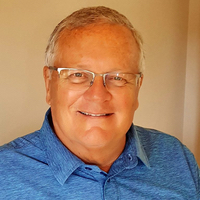 My 41-year career on the Chicago Sun-Times sports staff ended with my retirement on June 30, 2010. During that stint I covered a wide variety of sports, but golf was a constant. I was the paper's golf writer for 40 years, during which time I covered 27 U.S. Opens, 10 Masters, 17 PGA Championships, four U.S. Women's Opens and the last 34 Western Opens in addition to a heavy load of Chicago area events.
My 41-year career on the Chicago Sun-Times sports staff ended with my retirement on June 30, 2010. During that stint I covered a wide variety of sports, but golf was a constant. I was the paper's golf writer for 40 years, during which time I covered 27 U.S. Opens, 10 Masters, 17 PGA Championships, four U.S. Women's Opens and the last 34 Western Opens in addition to a heavy load of Chicago area events.
For 20 years I was a columnist for Chicagoland Golf, a newspaper that suspended publication following the death of founder and good friend Phil Kosin in 2009. (This is not to be confused with the publication of the same name which was introduced in 2013 after being known as Chicago Area Golf for three years). I also contributed a chapter to a history book on the Solheim Cup and have been a member of the selection committee for the Illinois Golf Hall of Fame.
As a player I remain just an avid hacker with a handicap that never has dipped below 16.
Follow Len Ziehm:
Contact Len Ziehm:
Len Ziehm On Golf - Contributor
312-320-3461






